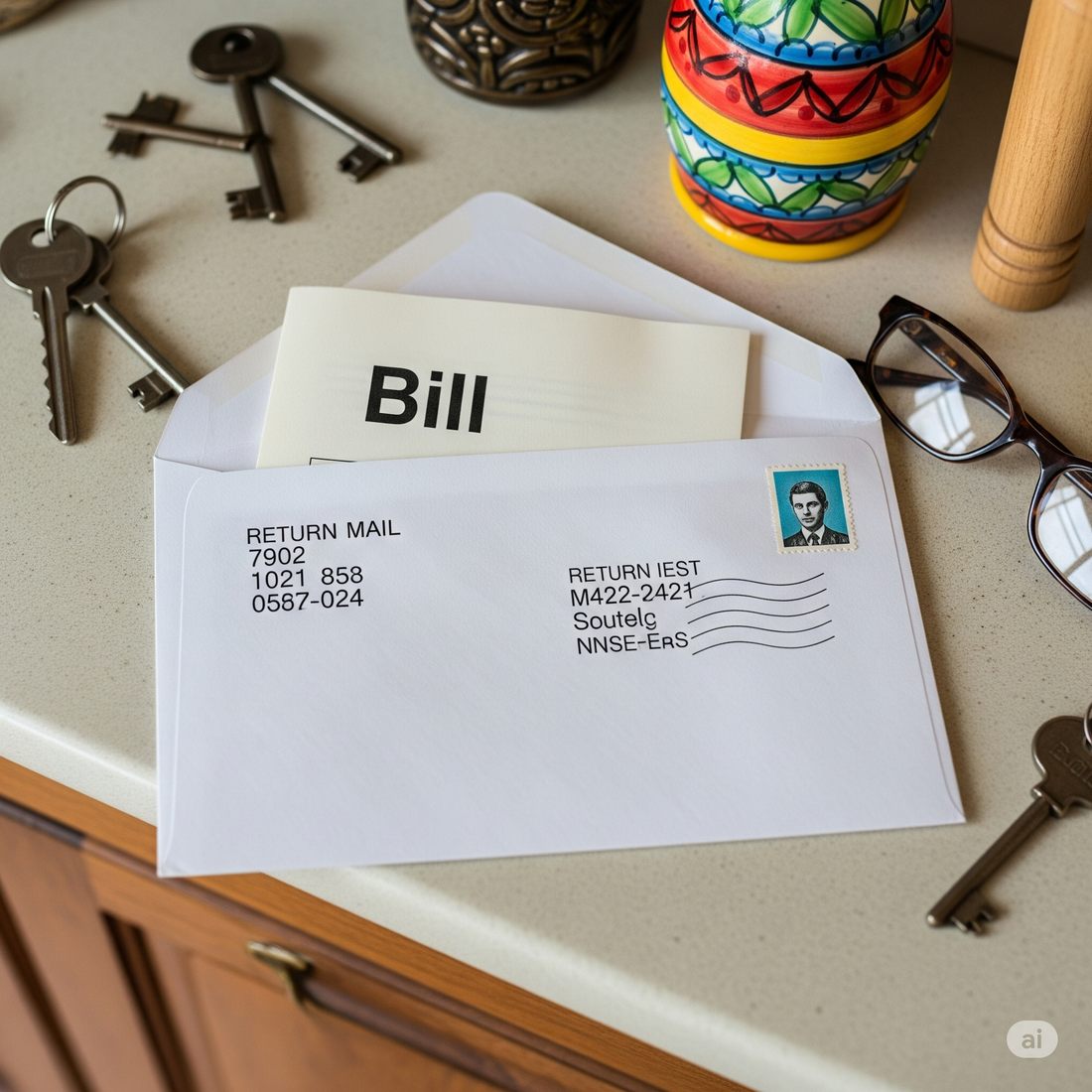
Can Spray Foam Really Lower Your Energy Bills? Here's the Proof
Share
If you've ever cringed while opening a high utility bill in the dead of winter or during a sweltering summer, you're not alone. Heating and cooling costs make up a significant portion of household energy use, and air leaks in walls, attics, and basements are often to blame. Spray foam insulation is widely praised for its performance, but does it actually lower energy bills? The short answer is: yes—significantly. And there’s real data to back that up.
How Spray Foam Works to Cut Costs
Spray foam insulation does more than just regulate temperature. It expands on application, filling every nook, gap, and crevice, creating a powerful seal against air infiltration. Unlike traditional insulation materials like fiberglass batts or cellulose, spray foam acts as both an insulator and an air barrier, reducing the workload on HVAC systems and keeping conditioned air where it belongs—inside your home.
The Numbers Don’t Lie
According to the U.S. Department of Energy, air leaks can account for up to 30% of a home’s heating and cooling energy loss. Multiple case studies show that homes insulated with spray foam can see energy savings of 20% to 50% annually, depending on climate, building age, and insulation coverage. Even partial upgrades, such as spraying rim joists, attics, or crawlspaces, often result in noticeable drops in monthly energy costs.
Real-World Example: Before and After
Take the example of a 2,400-square-foot home in Ohio. Before spray foam insulation, the homeowners were paying around $250 per month during peak winter months. After sealing the attic and basement with closed cell foam, their energy usage dropped by 35%, bringing their average bill to just under $165. That’s over $1,000 in annual savings—enough to quickly recoup the upfront cost of the insulation.
Long-Term ROI (Return on Insulation)
While spray foam insulation is more expensive upfront than fiberglass or blown-in alternatives, the long-term return on investment is compelling. In many homes, the payback period is as short as 3 to 5 years—especially in climates with extreme temperature swings. Over the lifespan of the home, that can add up to tens of thousands of dollars in savings.
Added Bonus: Improved Comfort and Air Quality
Lower energy bills are just one of the benefits. Spray foam also creates a tighter building envelope, helping maintain a consistent indoor temperature and reducing drafts. It also blocks allergens, dust, and moisture infiltration, which can improve indoor air quality and reduce strain on your HVAC system. Fewer repairs and longer system life? That’s savings, too.
Good for Your Wallet, and the Planet
By using less energy to heat and cool your home, spray foam insulation contributes to lower greenhouse gas emissions. For environmentally conscious homeowners, that means you're not only saving money—you're reducing your carbon footprint as well. Energy-efficient homes also tend to have higher resale value, making spray foam a smart investment in more ways than one.
Bottom Line: Yes, It Really Works
Spray foam insulation isn’t just marketing hype—it’s a proven way to slash energy bills, improve comfort, and make your home more efficient. Whether you’re building new or upgrading an older home, the benefits of spray foam are measurable and long-lasting. Want proof? Just ask your utility bill a few months after installation.
